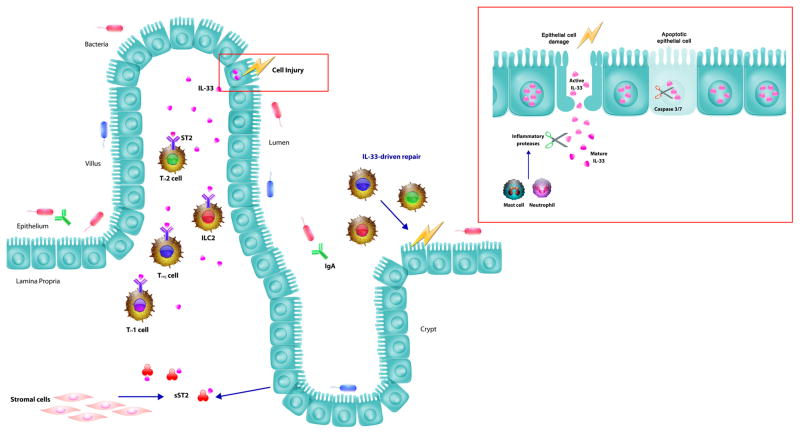Figure 1. The role of IL-33 in intestinal immunity.
IL-33 is expressed by several epithelial cell types including the epithelial cells of the intestinal mucosa. In response to cell injury, IL-33 is released from the injured cell to recruit the immune system, thereby behaving as an alarmin. The IL-33 receptor, ST2, is expressed on several immune cells of the intestine, including TH2 cells, ILC2s, Tregs, and TH1 cells. Upon activation of these cells, there are increased efforts to repair the epithelium. However, the stromal cells and epithelial cells are capable of releasing sST2, which acts as a receptor decoy, thereby limiting IL-33 induced inflammation. The intestine also readily cooperates with commensal bacteria and pathogenic bacteria. IL-33 has been shown to interact with the gut microbiome and IgA to promote intestinal immunity.
On a cellular level, IL-33 is released from the epithelial cell as active IL-33, which can then be acted upon by inflammatory proteases from neutrophils and mast cells to produce mature IL-33. Mature IL-33 is significantly more potent in this state and can accordingly activate the immune system more efficiently. However, there are several mechanisms in place to limit its response to cell injury and death. One such example is cleavage by caspases 3 and 7 by apoptotic cells to deactivate IL-33 before its release. This inhibits IL-33 activity and the subsequent inflammatory response.

